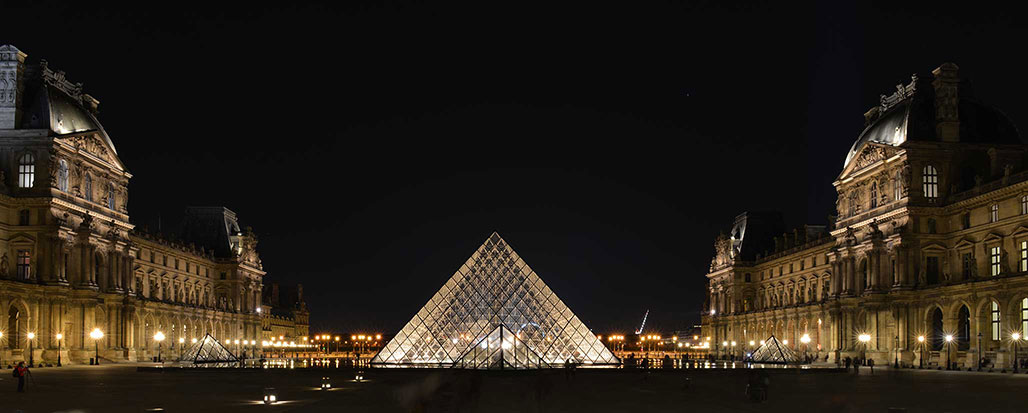Ken Chan
February 25, 2014
I knew the general location of the Bing Concert Hall, but had not actually seen it. While driving down Palm Drive, I spotted it on my left across from the Stanford Museum. After walking around the campus, I stopped back at the concert hall to take a closer look. I’m still waiting for an opportunity to experience a performance inside.
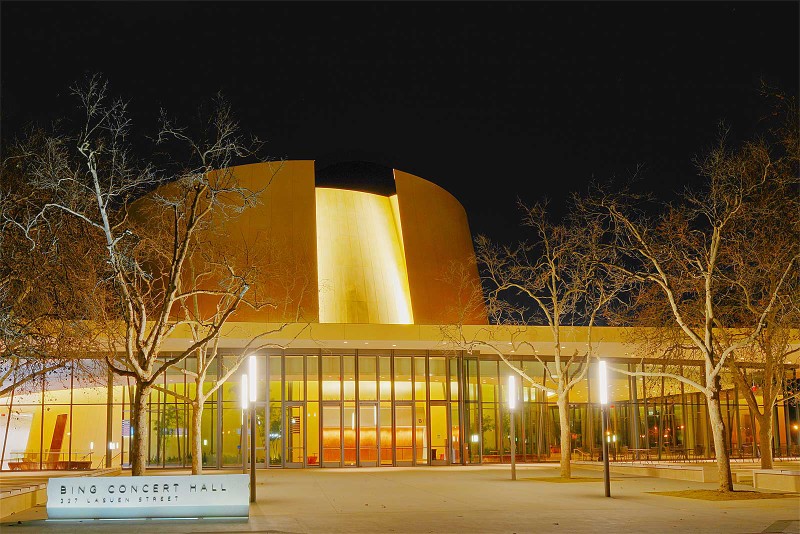
Ken Chan
February 15, 2014
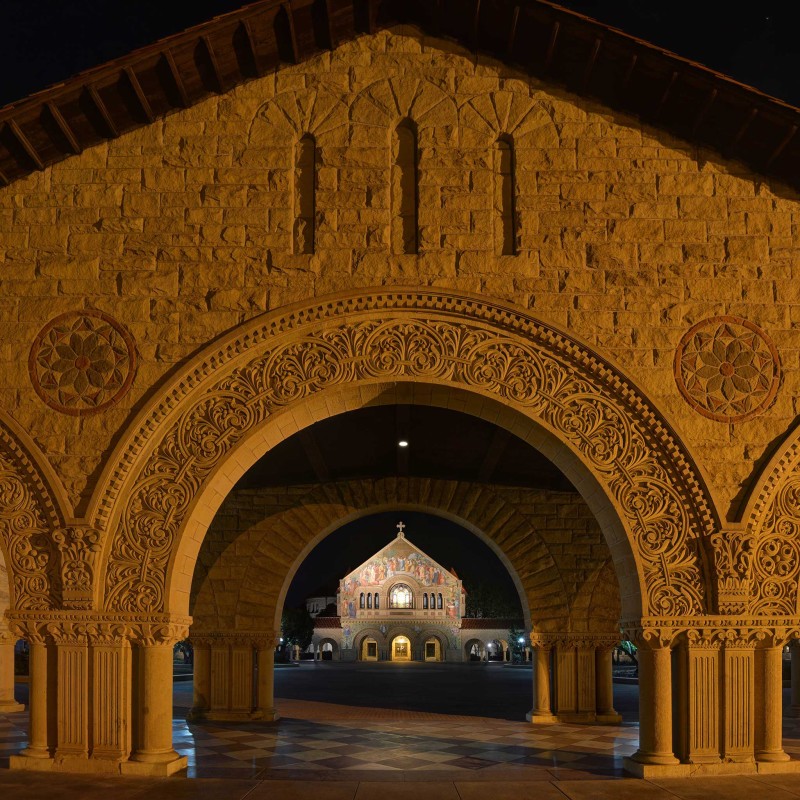
Nikon D800, AF-S Nikkor 16-35mm f/4G ED VR, ISO 100, 16mm, f/4.5
Not too many people were in the Stanford Quad last night, even though there was a full moon and it was Valentine’s Day.
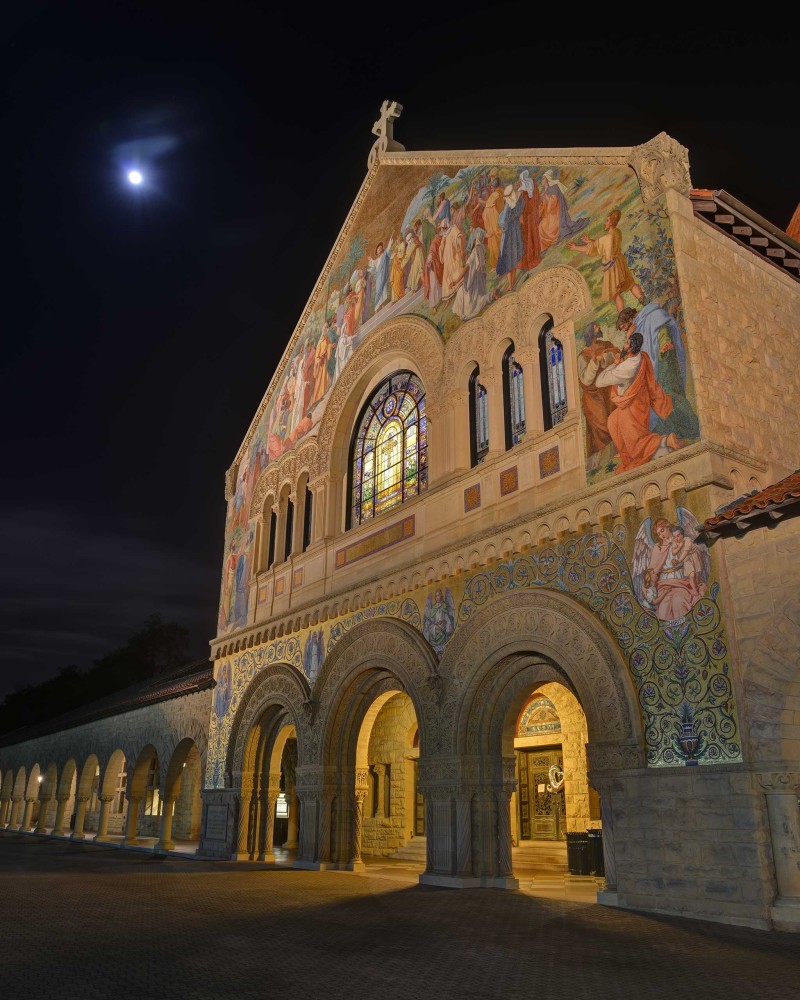
Nikon D800, AF-S Nikkor 24-70mm f/2.8G ED, ISO 100, 24mm, f/8
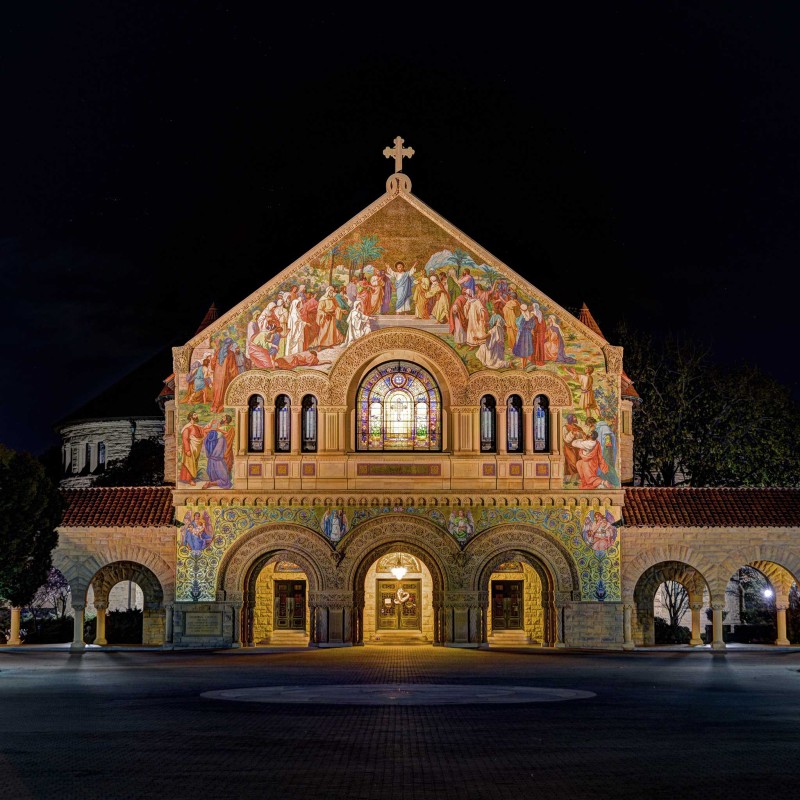
Nikon D800, AF-S Nikkor 16-35mm f/4G ED VR, ISO 100, 35mm, f/4.5
I was experimenting with HDR all night. Towards the end, I discovered that Live View counts down the number of frames remaining when auto bracketing is activated; i.e., from 5/5 to 1/5. Had I noticed earlier, I could have avoided the problem where I miscounted frames or changed locations in the middle of a set. 🙂
Ken Chan
February 15, 2014
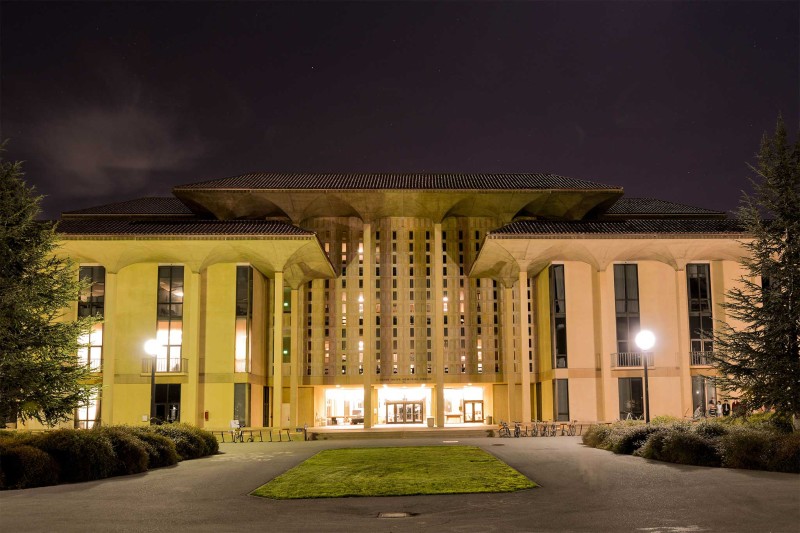
Nikon D800, AF-S Nikkor 16-35mm f/4G ED VR, ISO 100, 16mm, -0.7 EV, f/4, 8.0s
I stopped at the J. Henry Meyer Memorial Library during a night time walk around the Stanford campus. Built in the 1960s, this library has served undergraduate students for almost 50 years. It is scheduled to be demolished next year.
Ken Chan
February 4, 2014
I visited Villa Borghese back in December 2012. We had landed in Rome earlier in the day and this was our first excursion into the city. Rick Steves offers an introduction to Villa Borghese in Rome: Baroque Brilliance.
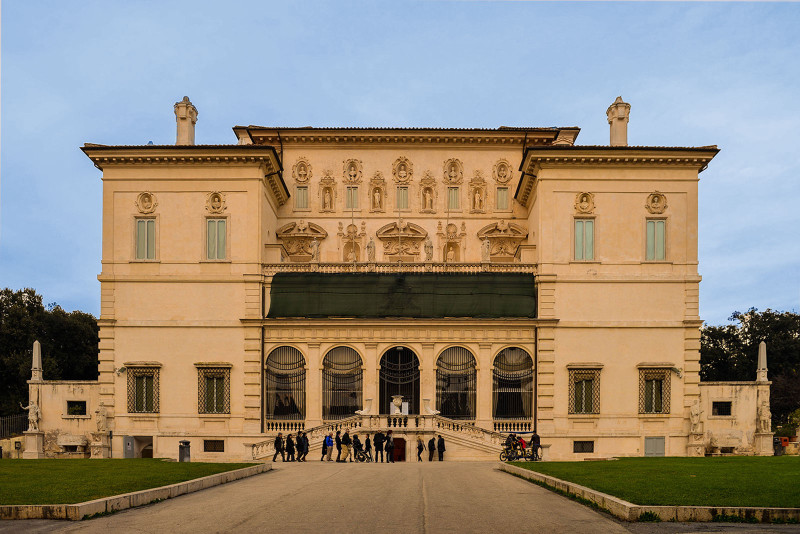
Nikon D800, AF-S Zoom-Nikkor 24-70 f/2.8G ED, ISO 100, 26mm, f/4, 1/60s
I had already booked tickets online. Had no problems getting tickets, and the museum was not crowded at all. While waiting for our designated time, we explored the park grounds.
Villa Borghese was the perfect introduction to Rome—a small museum that can be easily explored in a couple hours. Despite its size, it is filled to the walls (and ceilings) with paintings and sculptures.
Ken Chan
January 30, 2014
Clean Sensor + Clean Lens = Clean Photo.
I already learned about the clean sensor part from an earlier trip. Nothing more aggravating than coming home to discover that all the photos were marred by spots in the same exact location. These spots are really evident when photographing a large expanse of blue sky. So, before I head out, I always take some test photos to make sure my sensor is clean.
Evidently, I didn’t pay attention to the clean lens lesson. A lens hood is not enough to protect the lens from light rain. I did not wipe the lens right away and ended up having to do some retouching to clean up the image. Lesson learned.
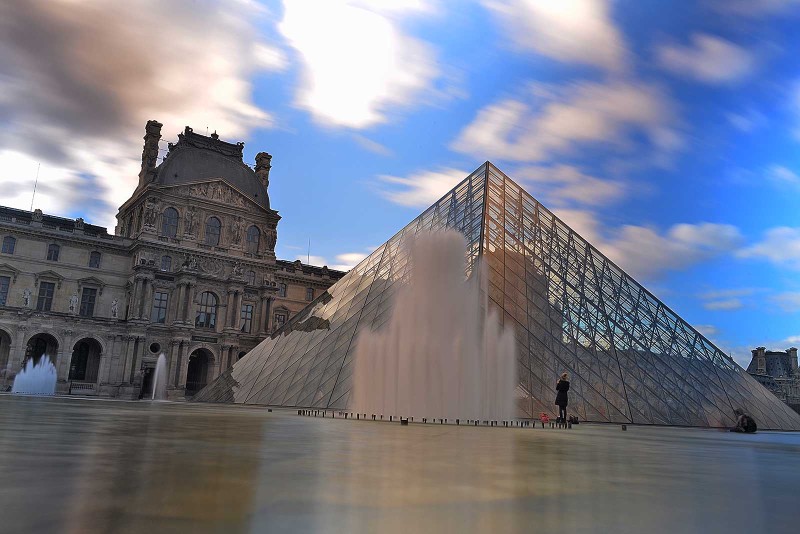
Nikon D800, AF-S Zoom-Nikkor 24-70mm f/2.8G ED, ISO 100, 29mm, 1.7 EV, f/16, 15.0s
The 1.7 EV was because this was one of a series of bracketed photos that I had intended to use for an HDR composite. Did not like how the sky was rendered though.
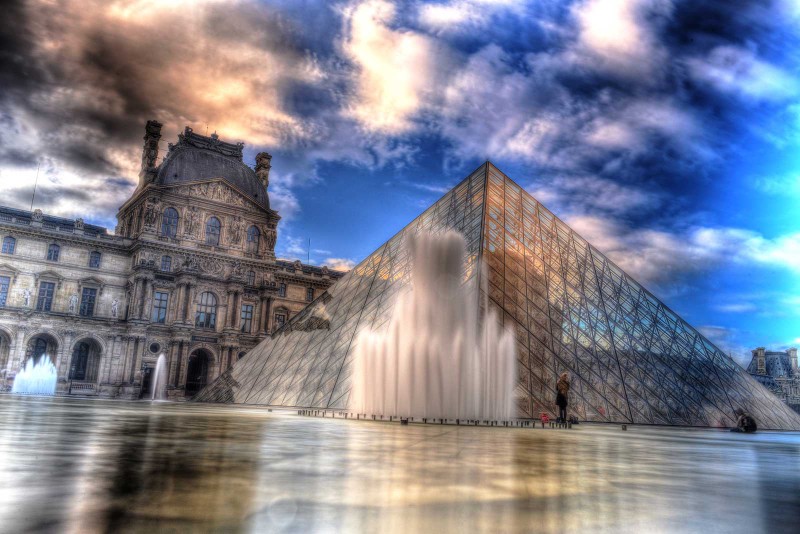
4 Feb 2014: The first time I encountered a dirty sensor problem was while I was in Arizona. Because of that episode, I always take a few test photos before I head out on a trip. Any issues with dirt on the sensor is readily apparent in a photo with a wide expanse of sky. Moreover, it is particularly noticeable at smaller apertures. I thought I had a dirty lens issue, but a few photos at f/22 revealed all.
Ken Chan
January 29, 2014
The Cathédrale Notre Dame de Paris was crowded. Twice, I stopped by too late to climb up the towers. The long line snaking from the entrance of the cathedral also dissuaded me from waiting to go inside. At night, the crowds have thinned considerably.
During the Christmas season, there was a beautiful Christmas tree festooned with colorful lights right outside the the cathedral doors.
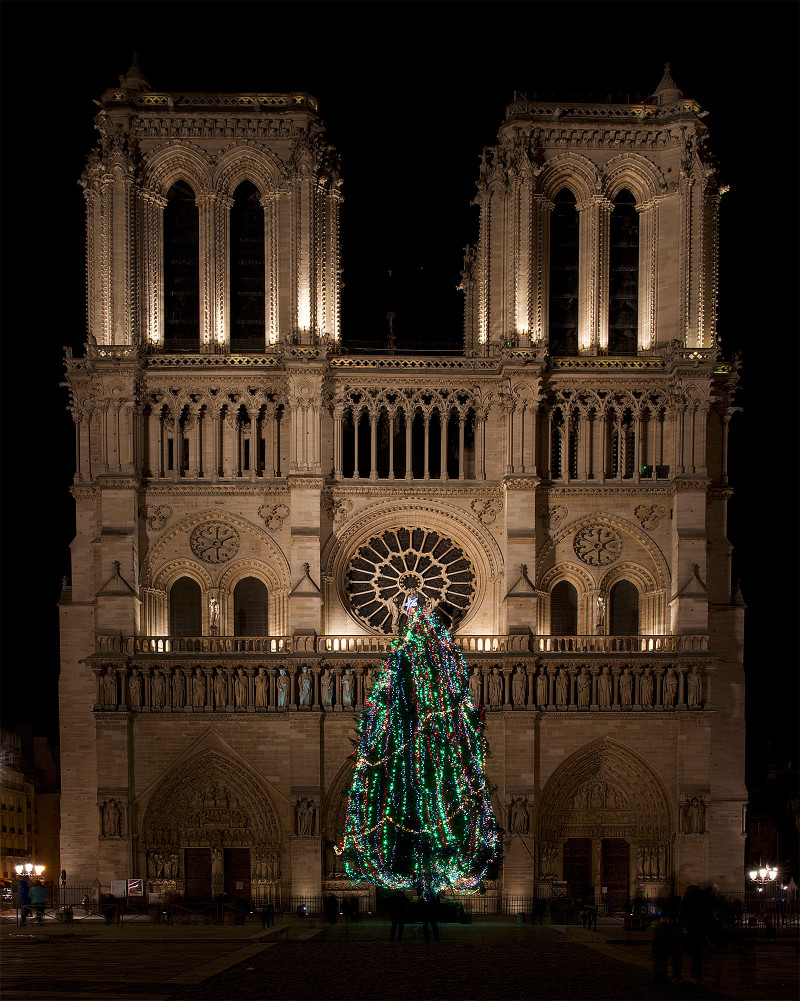
Nikon D800, AF-S Zoom-Nikkor 24-70mm f/2.8G ED, ISO 100, 29mm, f/22, 15.0s
I also walked around the cathedral for the Seine view with flying buttresses.

Nikon D800, AF-S Zoom-Nikkor 24-70mm f/2.8G ED, ISO 100, 29mm, f/16, 30.0s
Ken Chan
January 28, 2014
The Eiffel Tower at night offers a multitude of photographic opportunities. The beam of light that rotates around the top of the tower presents a unique challenge in that a long exposure is out, if you want to capture that beam of light.
For a low noise image at ISO 100, I selected the widest aperture and the shortest shutter speed that would expose the image properly.
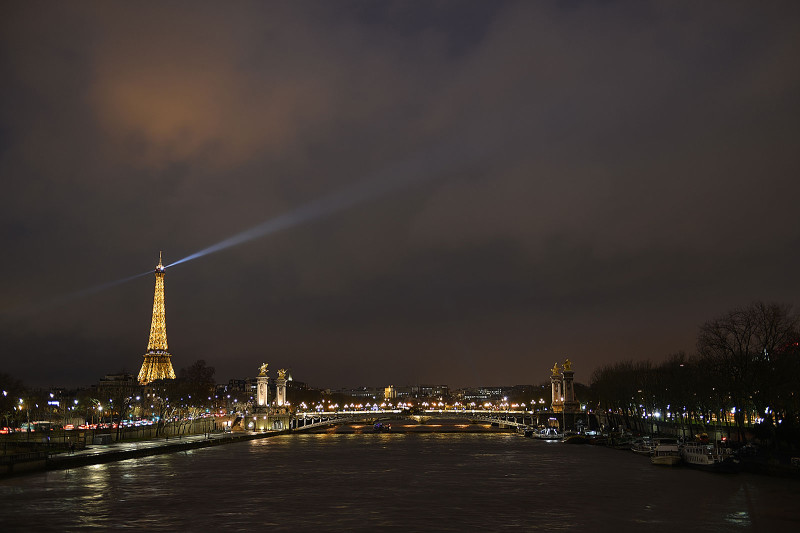
Nikon D800, AF-S Zoom-Nikkor 24-70mm f/2.8G ED, ISO 100, 44mm, 0 EV, f/2.8, 1.0 s
Ken Chan
January 28, 2014
After a long stroll through the Marais, we ended up at the Church of St. Eustace (L’eglise Saint-Eustache) around sunset. The sun’s deep, orange rays washed over the face of the church.
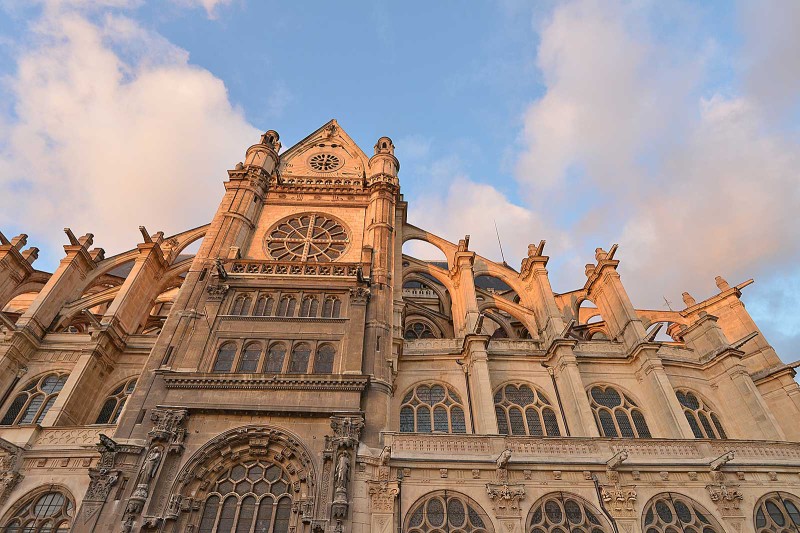
Nikon D800, AF-S Nikkor 16-35mm f/4G ED VR, ISO 560, 19mm, 1 EV, f/8, 1/60s
This was a serious of five bracketed photos, hence the 1 EV. I didn’t like how the clouds were rendered in the HDR photo, so I’m posting this single shot instead.
Inside, the church was dark.
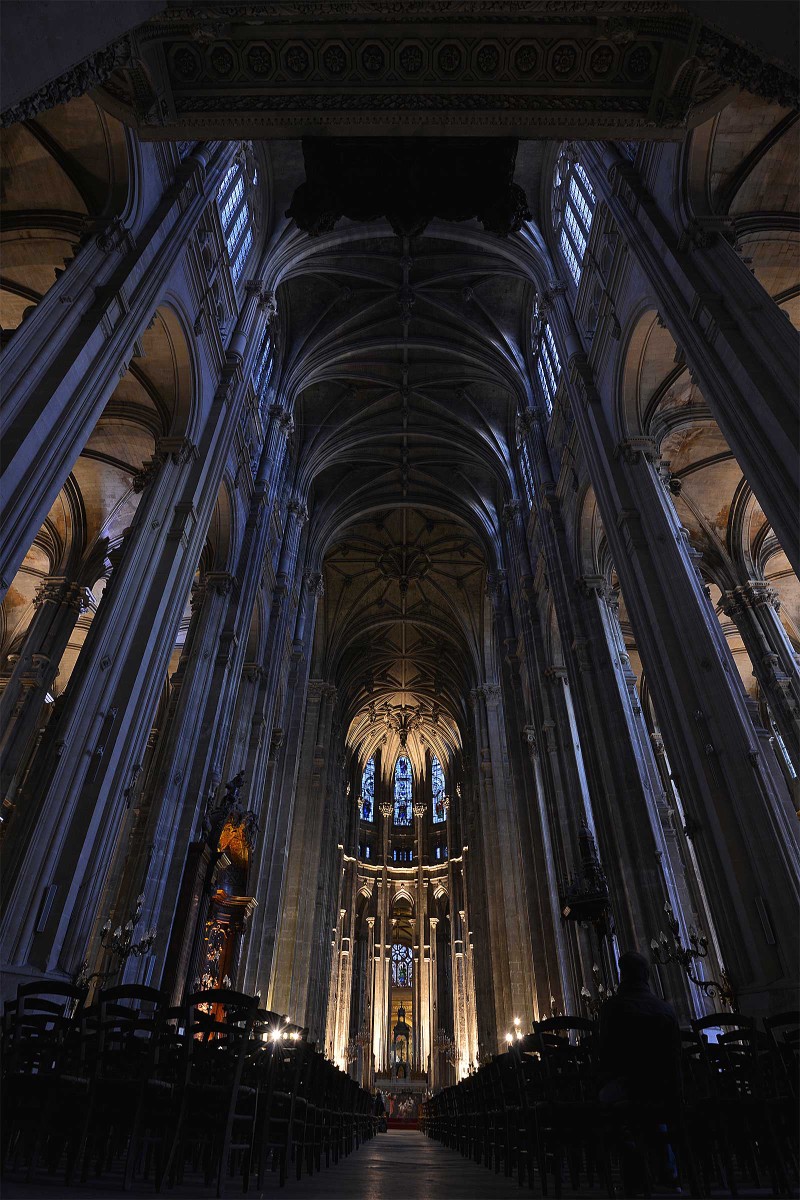
Nikon D800, AF-S Nikkor 16-35mm f/4G ED VR, ISO 100, 17mm, 0 EV, f/10, 8.0s
I wanted to set-up some bracketed shots, but the focus for those were off. Maybe next time.
Ken Chan
January 23, 2014
Taking a night photo of the Eiffel Tower is an exercise in timing. You have to know the start and end times for the different light shows.
At 7:03 PM, I saw the glittering Eiffel lit up like a jewel.
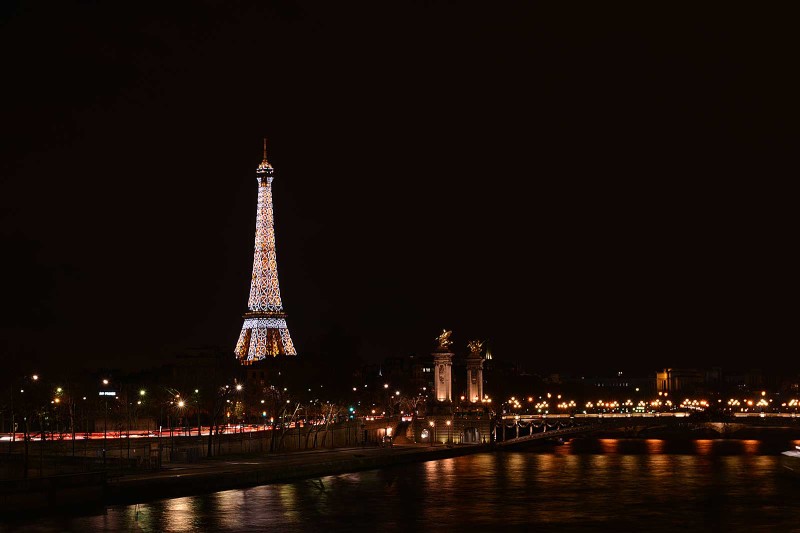
Nikon D800, AF-S Zoom-Nikkor 24-70mm f/2.8G ED, ISO 100, 66mm, 0 EV, f/16, 5.0s
A few minutes later, at 7:06 PM, it was back to the regular Eiffel. Not bad, but not as dazzling as the previous view.
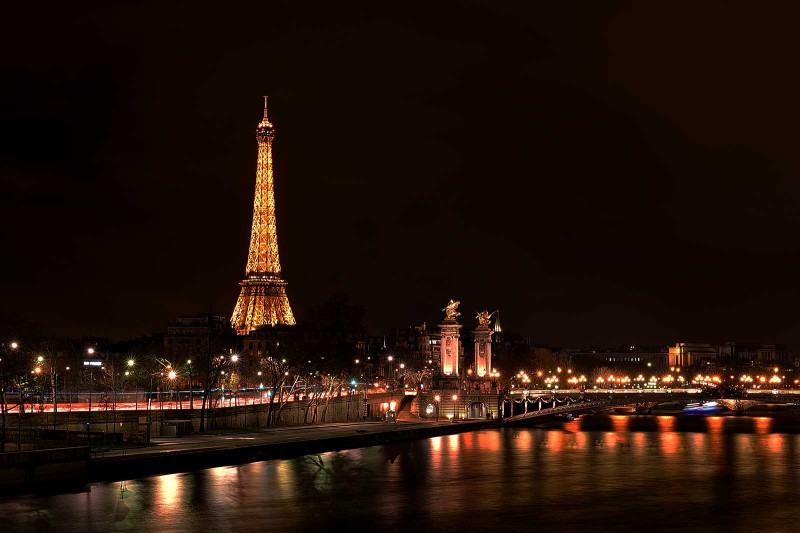
Nikon D800, AF-S Zoom-Nikkor 24-70mm f/2.8G ED, ISO 100, 66mm, 0 EV, f/16, 30.0s
Ken Chan
January 23, 2014
The Louvre presents plenty of opportunities for night photography. You can focus on the pyramids, their relationship to the surrounding pavilions, as well as attempt a mirror image with the reflecting pool. From the flag above Pavilion Sully, you can see how vigorous the wind was blowing that that.
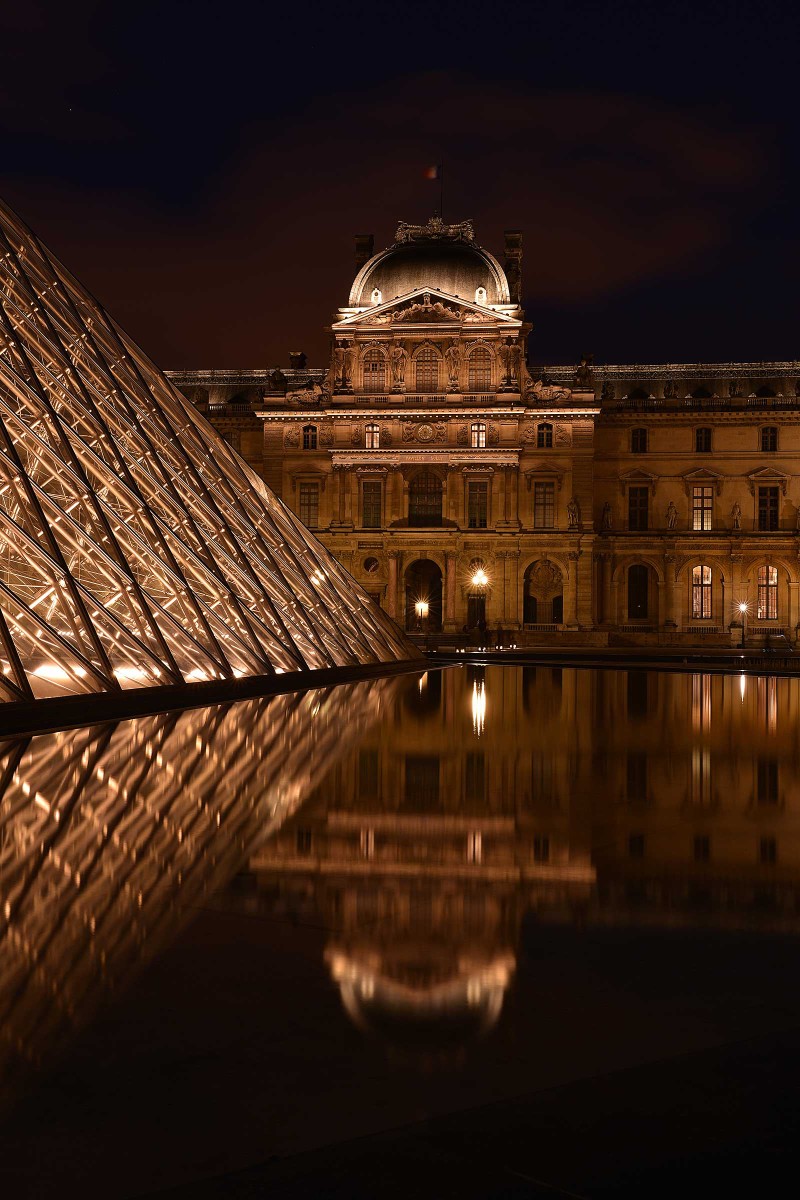
Nikon D800, AF-S Zoom-Nikkor 24-70mm f/2.8G ED, ISO 100, 42mm, 0 EV, f/16, 13.0s

